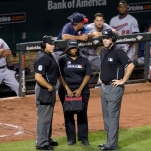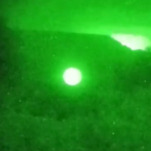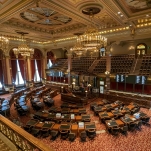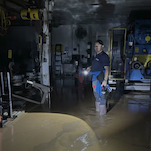Dazzling interactive 3D artwork visualizes the tragic affordable housing crisis in New York City
Ekene Ijeoma is an artist, a designer and programmer by trade. He created his interactive art piece, “Wage Islands” by using the median monthly housing cost data in New York City, sourced from the American Community survey.
-

-

-

-

-

-

-

-

-

-

-

-

-

-

-

-

-

-

-

-

-

-

-

-

-

-

-

-

-

-

-

-

-

-

-

-

-

-

-

-

-

-

-

-

-

-

-

-

-

-

-

-

-

-

-

-

-

-

-

-

-

-

-

-

-

-

-

-

-

-

-

-

-

-

-

-

-

-

-

-

-

-

-

-

-

-

-

-

-

-

-

-

-

-

-

-

-

-

-

-

-

-

-

-

-

-

-

-












































































































